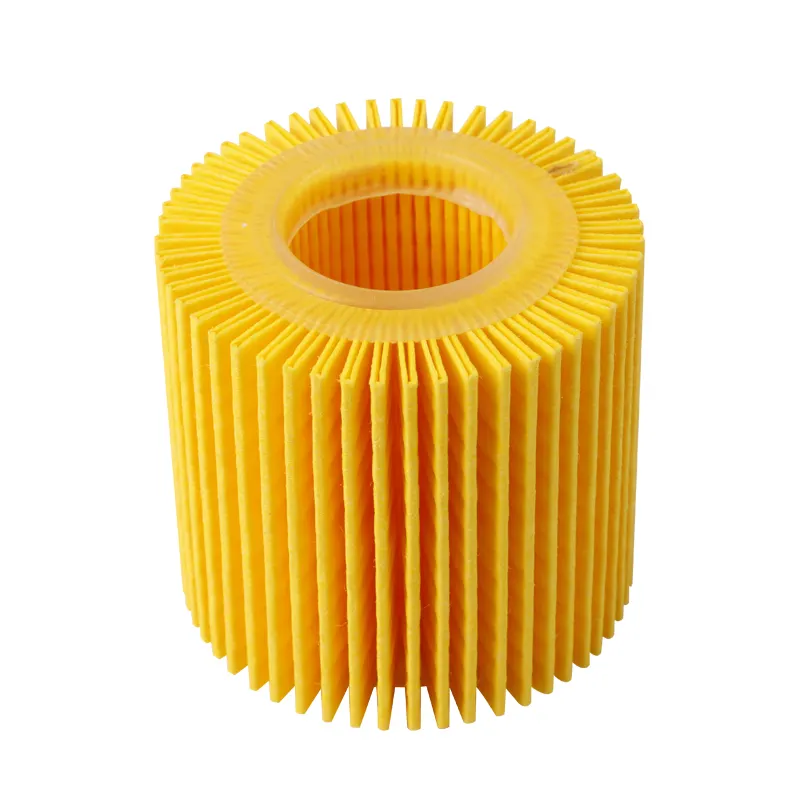Agu . 03, 2024 02:46 Back to list
Choosing the Right Oil Filter for a 2014 Honda CR-V Maintenance and Performance Tips
The Importance of Oil Filters in a 2014 Honda CR-V
When it comes to maintaining your 2014 Honda CR-V, one crucial component that often goes unnoticed is the oil filter. Regular oil changes are essential for keeping your engine running smoothly, and the oil filter plays a vital role in this process. Understanding its importance can help you take better care of your vehicle and extend its lifespan.
What Does an Oil Filter Do?
The oil filter is designed to remove contaminants from the engine oil, which ensures that the oil remains clean and effective. Over time, dirt, metal particles, and other impurities can accumulate in the oil, leading to increased wear and tear on engine components. A high-quality oil filter traps these contaminants before they can circulate through the engine, thereby protecting vital parts such as the pistons, bearings, and crankshaft.
For your 2014 Honda CR-V, using the correct oil filter is critical. Honda recommends specific filters designed to fit the CR-V's engine specifications. While generic filters may be less expensive, they may not provide the same level of efficiency in filtering out harmful particles. Using a genuine Honda oil filter or a high-quality aftermarket option can help ensure optimal engine performance.
Signs of a Clogged Oil Filter
Over time, oil filters can become clogged, especially if they are not changed at regular intervals. This can lead to a decrease in oil flow, which can cause your engine to fail. Some signs that your oil filter may be clogged include
oil filter 2014 honda crv

1. Engines Noisy If your CR-V's engine suddenly becomes noisier than usual, it may indicate insufficient oil flow due to a clogged filter. 2. Oil Pressure Light The oil pressure warning light on your dashboard may illuminate, signaling a problem with oil circulation. 3. Poor Engine Performance A clogged oil filter can affect acceleration and overall engine performance, causing the vehicle to feel sluggish.
Changing the Oil Filter
For the 2014 Honda CR-V, it is recommended to change the oil filter every time you perform an oil change, which should be done approximately every 5,000 to 7,500 miles, depending on driving conditions. Changing the oil and filter together helps maintain the effectiveness of the oil system and ensures that your engine remains clean and well-lubricated.
Replacing the oil filter is a straightforward process that can be done at home with just a few tools. Here’s a brief overview of the steps involved
1. Gather Supplies You will need a new oil filter, the correct engine oil, an oil catch pan, and tools such as a wrench or an oil filter remover. 2. Drain the Old Oil Start by removing the oil drain plug and allowing the old oil to completely drain into the catch pan. 3. Remove the Old Oil Filter Use an oil filter wrench to loosen and remove the old oil filter. Be prepared for some residual oil to spill out. 4. Install the New Oil Filter Lubricate the rubber gasket on the new filter with a bit of new oil, then install it hand-tight. 5. Add New Oil Replace the drain plug and fill the engine with new oil through the oil filler cap. Use the correct grade of oil as specified in your owner’s manual.
Conclusion
The oil filter may seem like a small component, but it has a significant impact on the performance and longevity of your 2014 Honda CR-V. Regular maintenance, including timely oil and oil filter changes, is essential to keep your vehicle running at its best. By ensuring that the oil filter is in good condition, you can help protect your engine from unnecessary wear and maintain its efficiency for years to come.
-
Toyota Corolla Hatchback Cabin Air Filter – High Efficiency & Easy Installation
NewsJul.08,2025
-
Premium Canister Fuel Filter Supplier High Quality Oil Filtration Solutions
NewsJul.08,2025
-
Premium Car Filter Oil Solutions Leading Car Oil Filter Exporter Hyundai Car Oil Filter Exporters
NewsJul.08,2025
-
Buy 17x21x1 Air Filter – Improve Air Quality & HVAC Efficiency Affordable Air & Cabin Air Filter Cost
NewsJul.07,2025
-
High-Performance Filter Element Fuel – Durable, Efficient & Cost-Effective Solutions
NewsJul.07,2025
-
High-Quality Engine Filter and Cabin Filter for Superior Airflow Affordable Cabin and Engine Air Filter Cost
NewsJul.07,2025


